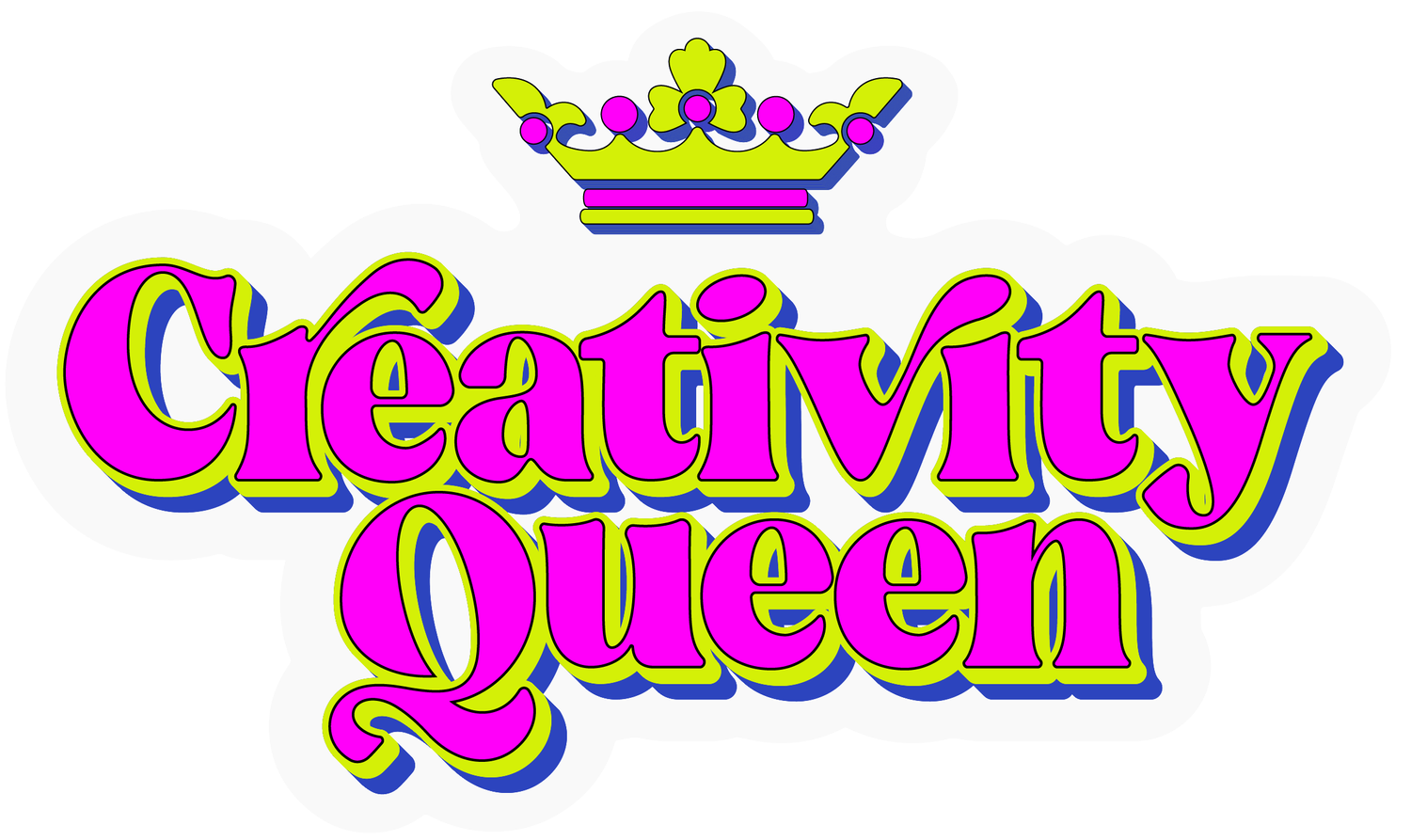Do You Rescue Your Child?
mom and child
If you have a relationship of any kind, with a spouse, friend, parent, or child, then you have encountered someone else making a decision you would never dream of doing. There is pain seeing that person making a choice your know in your heart is just not the "right" decision for them. Ironically, the closer we are to the person, the more we believe we know what's right for them, and often we will make comments or demands upon them, based upon our knowing what's best.
We would never dream of telling our co-worker what they are wearing is wrong and they should change, yet it becomes almost a duty to be hypercritical about what our spouse or children are wearing or doing. Often when tasks that are delegated to those in the household are not completed, we jump in to do it. Heaven forbid your child wear wrinkled clothes to school because they left their laundry on the floor.
Most parents who rescue fear what others might think or that things won't get done exactly right, or if they don't control the situation their child may fail or get hurt. Most people rescue because they love those around them and they don't want to see them hurt. However, rescuing sets up a whole new set of problems. The person you rescue doesn't get to learn from their actions. They don't learn how to self-correct, or make changes when they are off course, since they have had someone doing that for them. They don't learn how to overcome obstacles and when they do arise (and they always do) they are unprepared. I've had many young adults in my office who just didn't know how to handle tough stuff because their parents did it for them when they were growing up.
The question that most people ask is how do they know when to intervene. The first question to ask, is it a safety issue? Meaning if you don't intervene will someone get hurt physically? If it is a safety issue, step in and set a boundary. All other issues are not black and white. I love challenging parents to talk out the choices and consequences with their children. For tasks such as homework and household chores personal accountability works wonders. Have a neutral discussion (without getting emotional about the topic) and develop a contract to help identify what will be done and what are the consequences. Contracts do work, when they are done right, meaning they are respectful of each person's needs and there is an incentive to change for both parties.
For things such as bullying at school or children who are having emotional problems a more supportive role is necessary. Parents often step in too early and attempt to stop bullying, which may cause more social problems for their children. Brainstorm with your child solutions, allow them to test some out before you become involved. If things continue to be a problem and it becomes a psychological safety issue, there may be a need for more direct involvement.
Encourage your child to take part in choosing their consequences; if they have done something wrong, ask them to come up with the consequences. You'll be amazed at how they will learn from this, with less tantrums and more personal accountability.
Here's the important part to remember, those who rescue others become resentful. They will do, and do, and do, and then finally get upset that everyone treats them disrespectfully and takes advantage of them. Stop the cycle of rescuing so you don't fall into this pattern, and you allow others an opportunity to learn.
Here's a creative activity to help you identify times when you rescue. Take out a piece of paper and draw a line down the middle. On the left side write the word rescue and on the right side write the word support. Fill in the page with images and words of times when you rescue (what you say and do) and what it might look like if you supported that person instead.
When you become aware of your tendencies to rescue then you can choose other ways you can support your child and other family members. If you or your child is in need of more support let’s connect. Schedule a complimentary phone consultation to learn more.

